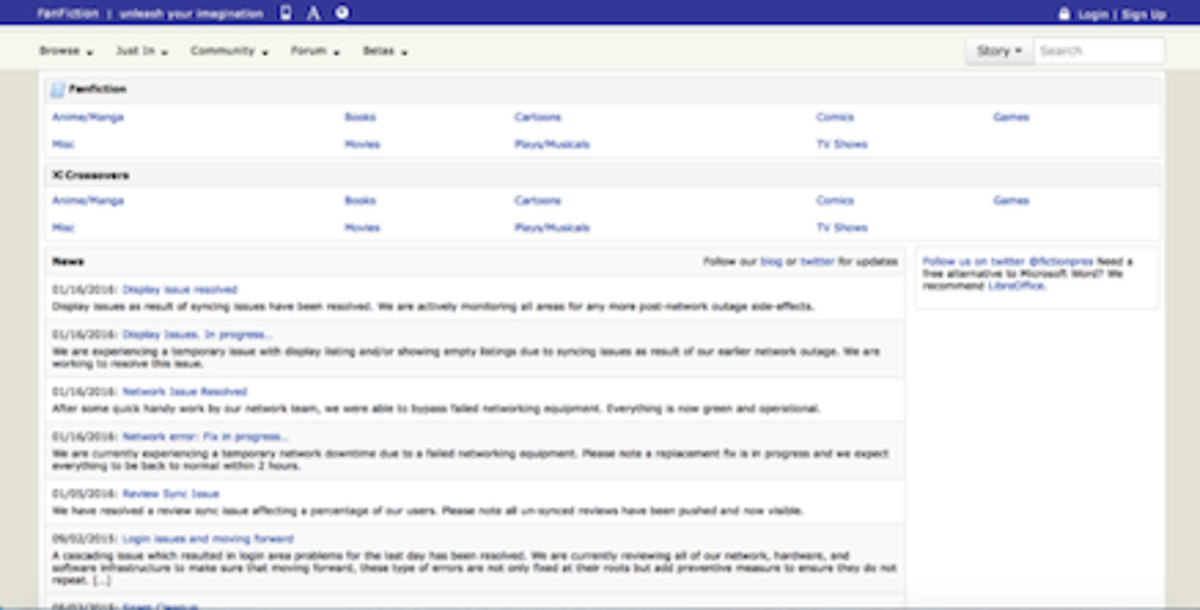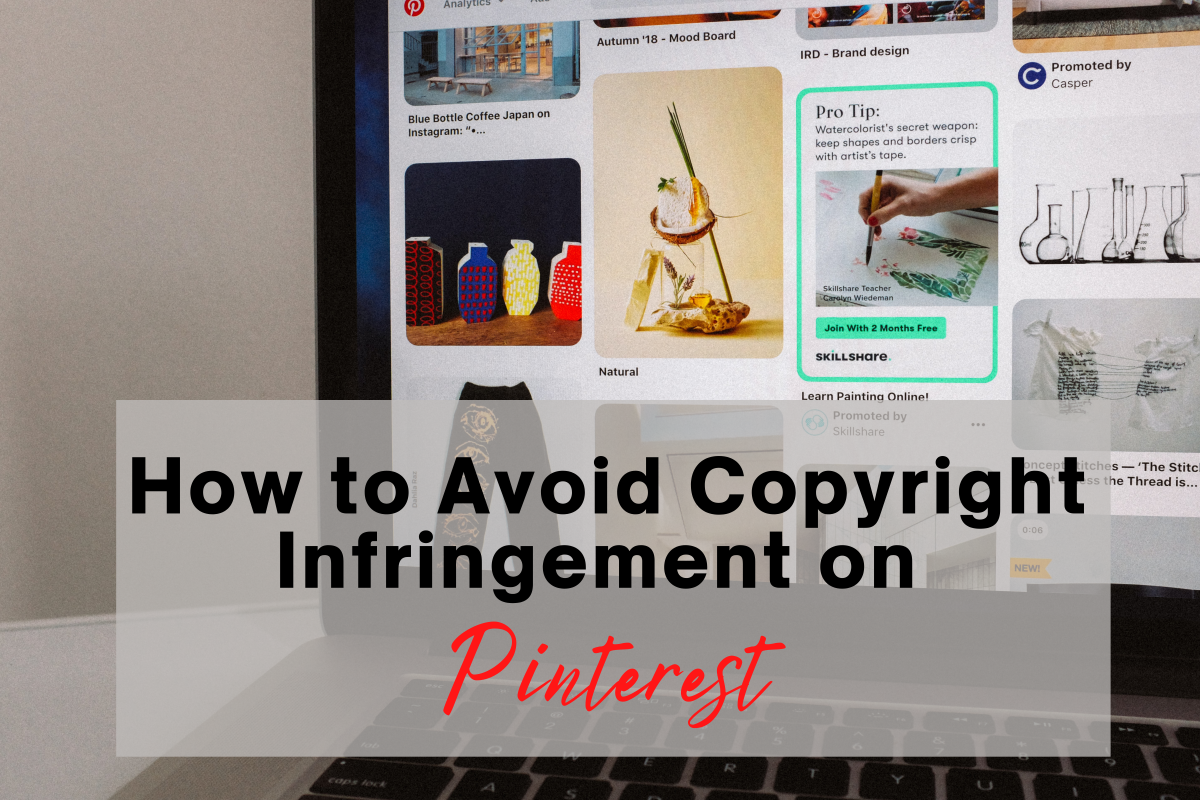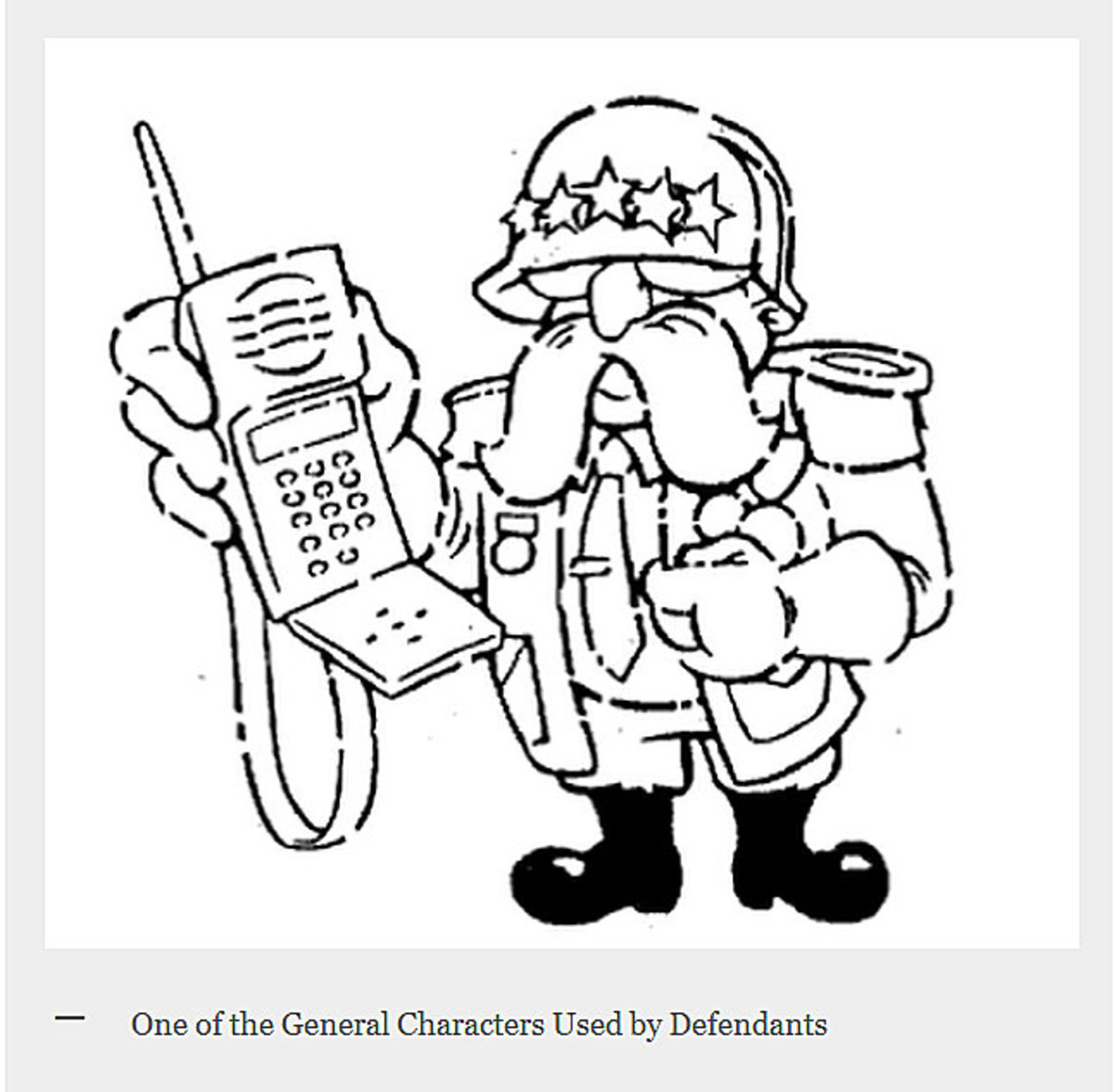What is a Poor Man's Copyright?
Poor man’s copyright is the practice of using traditionally inexpensive methods to date intellectual property to establish creation and ownership. The concept of a “poor man’s” copyright derives from the costly, arduous and lengthy process of filing a copyright with the U.S. Copyright Office (USCO). Those who could not afford to file instead looked for alternatives that would at least substantiate the author’s claim to the date of creation, thus allowing authors to somewhat protect their intellectual property for significantly less money and effort.
The Post Office Method
The most common way to create a poor man’s copyright is to mail an envelope or package containing the intellectual property to yourself through the U.S. Postal Service. Once mailed, the post office stamps the envelope with the date and time the letter was received. Once received, you should not open the envelope; doing so would create doubt as to the original contents of the envelope, as you could have mailed anything and simply replaced the original contents with the property you were trying to “copyright.” If anyone should ever challenge your authorship or ownership of your intellectual property, you could then present the unopened envelope in court as evidence, open the letter at that time and reveal the contents, thus supporting your claim that you created the intellectual property at least on the date that you received the envelope.
The E-Mail Method
As the increasing ease and affordability of technology continues to make computers more accessible to consumers, some authors began to use e-mail to establish a poor man’s copyright. Intellectual property can be scanned, copied, or created directly on the computer, then added to e-mails as attachments. For mere text, authors could just copy and paste the text of their work into the body of the e-mail. Then, authors send the e-mail to themselves -- just like they would the envelope in the original poor man’s copyright method -- using the date and time stamp of the e-mail as proof of the work’s creation date. E-mails can then be forwarded or even printed and then presented as evidence of copyright ownership.
The CD Method
With the advent of CD burners, intellectual property owners were also able to copy their work onto a CD. Since computers assign timestamps by default to all digital media, you can use these timestamps as evidence of the date on which you created the work. From here, you could do one of two things: either use the CD itself -- with the CD creation date and original timestamps on the work as proof of creation -- or mail the CD with your media on it to yourself using the original poor man’s copyright method for double protection. However, you do need access to a computer to display the timestamps, so it would take some extra effort to substantiate the date of creation using this method.
Problems with Poor Man’s Copyrights
There are two major problems with the practice of using a poor man’s copyright: first, all of the above methods can and have been faked, making poor man’s copyrights completely unreliable. Authors can mail unsealed envelopes to themselves by tucking the flap of the envelope into itself instead of licking it, essentially allowing them to stick anything they want inside at any time thereafter, then sealing the envelope and claiming ownership from the date the envelope was stamped. In fact, some people have tried to do this with very popular works created long after their envelopes were stamped, and at least one person came incredibly close to pulling it off successfully back in 2001.
E-mail is equally easy to falsify through a number of different methods. Authors can fake the date and time an e-mail was sent or received (called spoofing), send a blank e-mail and add text or attachments to it later to make it appear as though the original e-mail contained the media since the beginning, or create a completely fake e-mail using a graphic design program like Photoshop.
Digital media itself is also unreliable, as there are multiple ways to change the timestamps that a computer assigns to digital files. For one, an author could simply roll back the computer’s clock and then create the file, giving the file a timestamp that indicates a date of creation well before it actually occurred. Computer-savvy authors can also mess with the file itself, changing the timestamp with just a few simple clicks. Besides the obvious, there are literally dozens of other ways to manipulate digital media, so using this method to create a poor man’s copyright won’t offer you any protection.
The second problem is that no U.S. federal law actually recognizes poor man’s copyrights for any purpose, including proof of ownership or creation date. No court has ever accepted a poor man’s copyright as individual evidence of an author’s copyright ownership. At best, a poor man’s copyright could support your claim of copyright ownership if you present it alongside other evidence -- especially an actual registration of your copyright -- but a poor man’s copyright alone has absolutely no legal bearing on your ownership or authorship.










